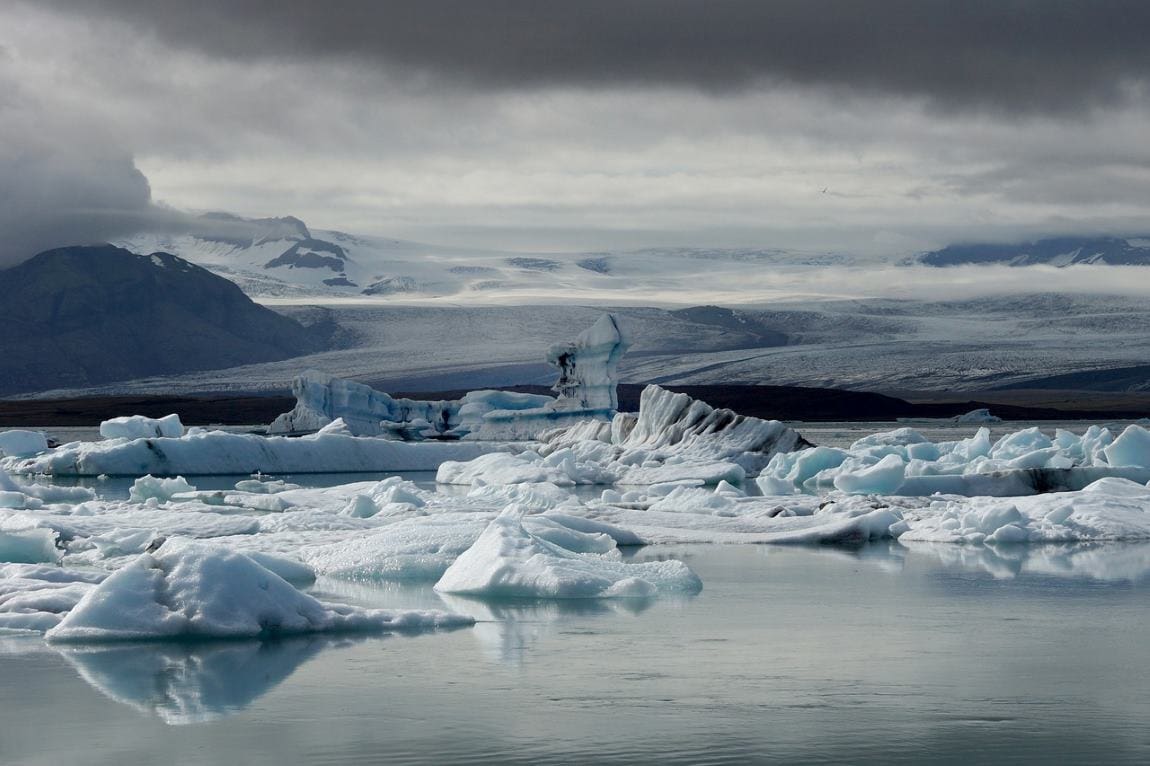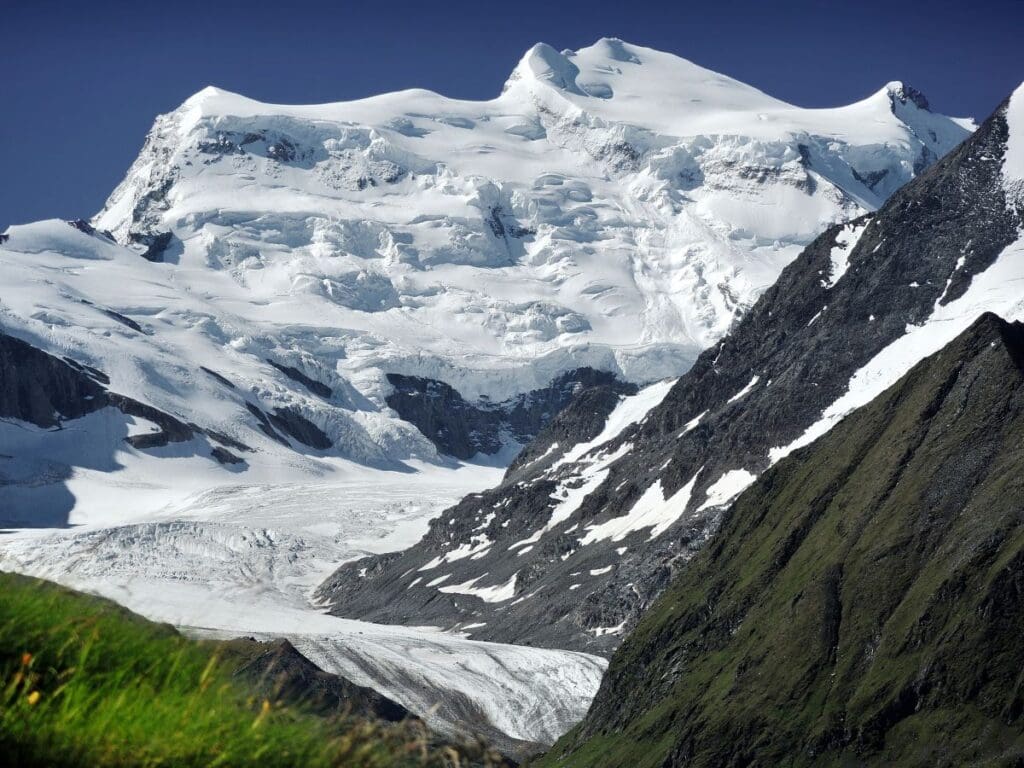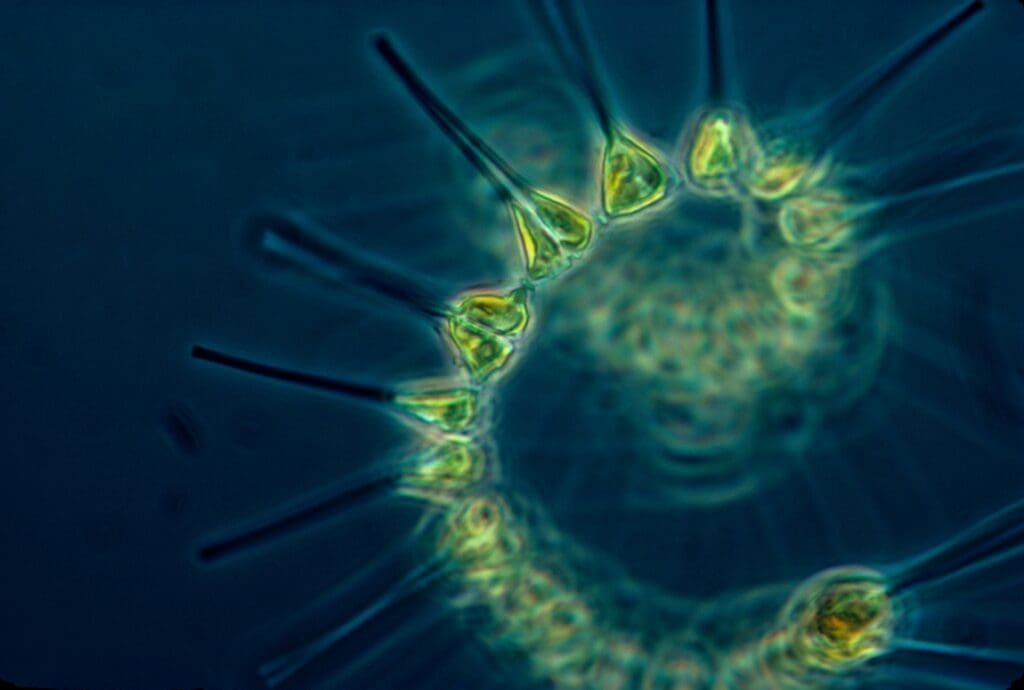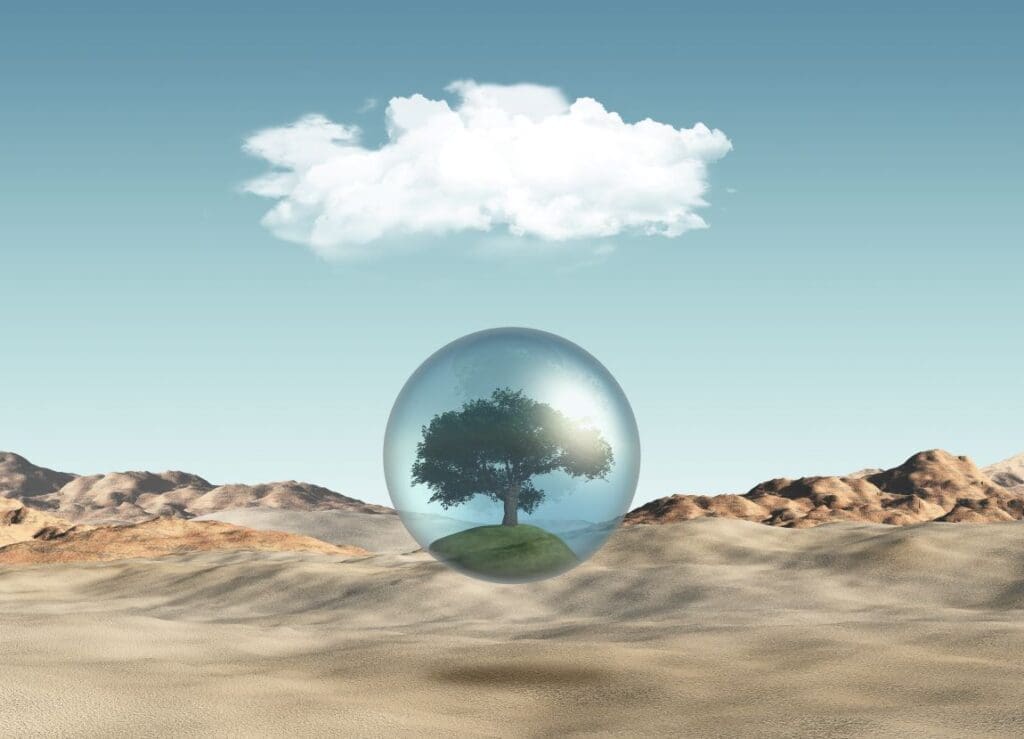The Arctic is warming two to four times faster than the global average. A recent study by researchers in Japan found that dust from snow- and ice-free areas of the Arctic may be an important contributor to climate change in the region.
The findings were published in the journal npj Climate and Atmospheric Science.
According to one view, higher temperatures in the Arctic are thought to lead to the region’s clouds containing more liquid droplets and fewer ice crystals. Clouds become thicker, longer lasting, and more likely to reflect sunlight. As a result, this might cool the region during summer (temperature feedback).
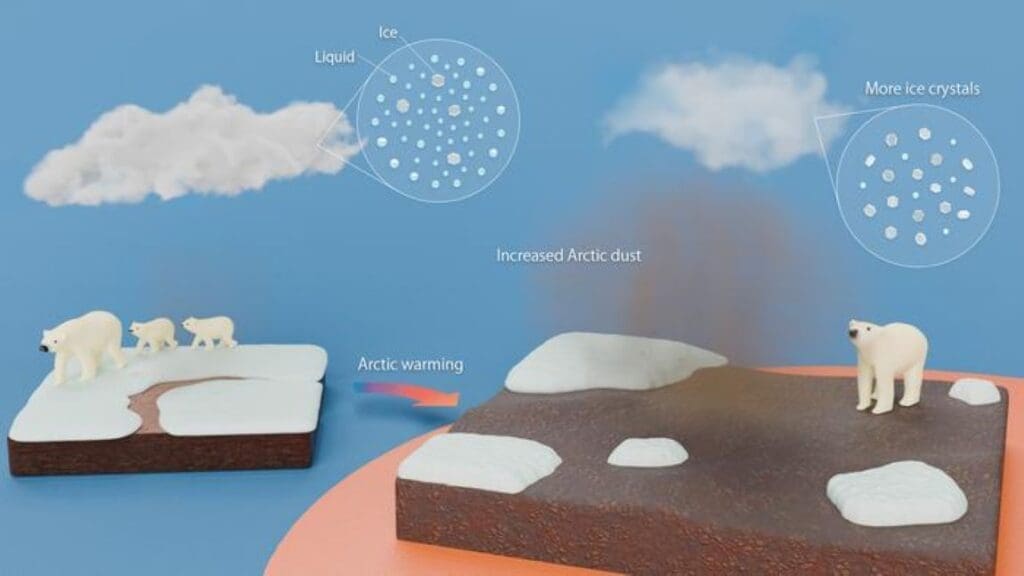
However, the new study showed that as the Arctic warms, snow- and ice-free areas increase, leading to an increase in dust emissions. The dust promotes the formation of ice crystals in the clouds. It is possible that more ice crystals in the clouds are making the clouds thinner and shorter-lived, thus reflecting less sunlight, which might heat the region during summer (emission feedback).
“Increasing amounts of dust due to Arctic warming may cause the opposite phenomenon of the conventional understanding of ice crystal changes,” said Associate Professor Hitoshi Matsui of Nagoya University, the lead author of the study. “Our previous study found that a large amount of Arctic dust is distributed in the lower troposphere (below about 3 km altitude) over the region in summer and early fall, with the dust acting as a very efficient nucleus for ice formation in clouds at this altitude during the season.”
To estimate the impact of Arctic dust on the clouds of the region, Matsui and Dr. Kei Kawai of Nagoya University, in collaboration with researchers from the National Institute of Polar Research and Hokkaido University, conducted a study using the CAM-ATRAS global aerosol-climate model.
They first looked at changes in the amount of dust released from the Arctic land surface over the past 40 years, between 1981 and 2020. The simulations showed that dust emissions increased by 20% during this period as the Arctic warmed. This increase promotes ice nucleation in clouds in the lower troposphere, weakening the efficiency of clouds to contain more liquid droplets and fewer ice crystals as the Arctic warms.
Increased dust levels promote ice crystal formation, outweighing the decrease in ice crystal formation by the temperature feedback in 30% of the region annually and 70% in summer.
“Most climate models have not considered the effects of dust from the Arctic land surface,” Matsui said. “Our research suggests that the counterbalancing temperature and emission feedbacks should be considered to improve the accuracy of climate change predictions in the Arctic.”
Journal Reference:
Matsui, H., Kawai, K., Tobo, Y. et al. ‘Increasing Arctic dust suppresses the reduction of ice nucleation in the Arctic lower troposphere by warming’, npj Climate and Atmospheric Science 7, 266 (2024). DOI: 10.1038/s41612-024-00811-1
Article Source:
Press Release/Material by Nagoya University
Featured image credit: Markus Kammermann | Pixabay

